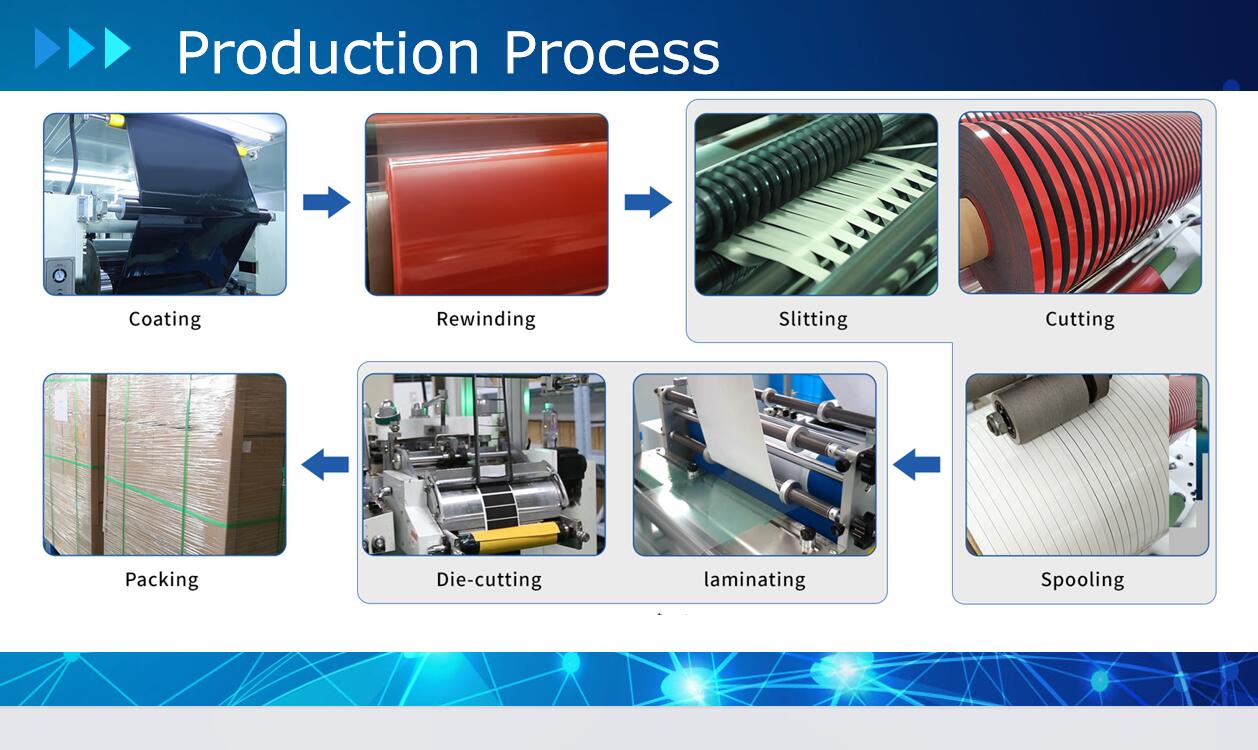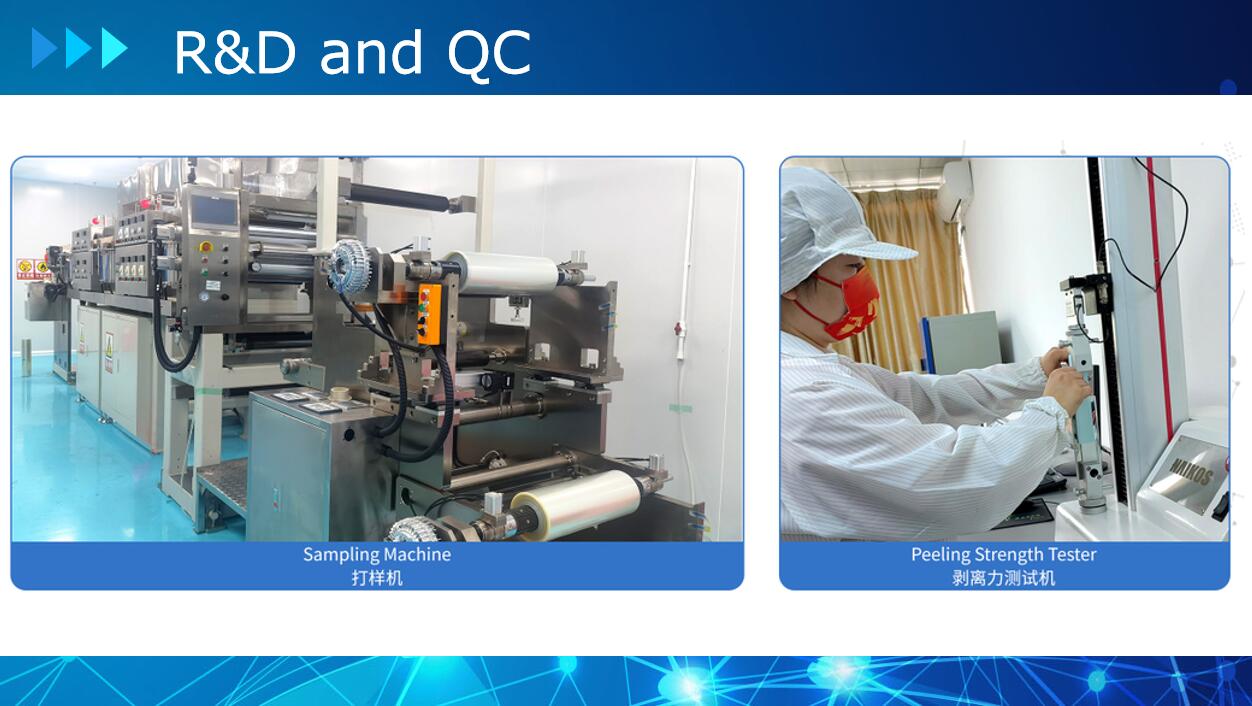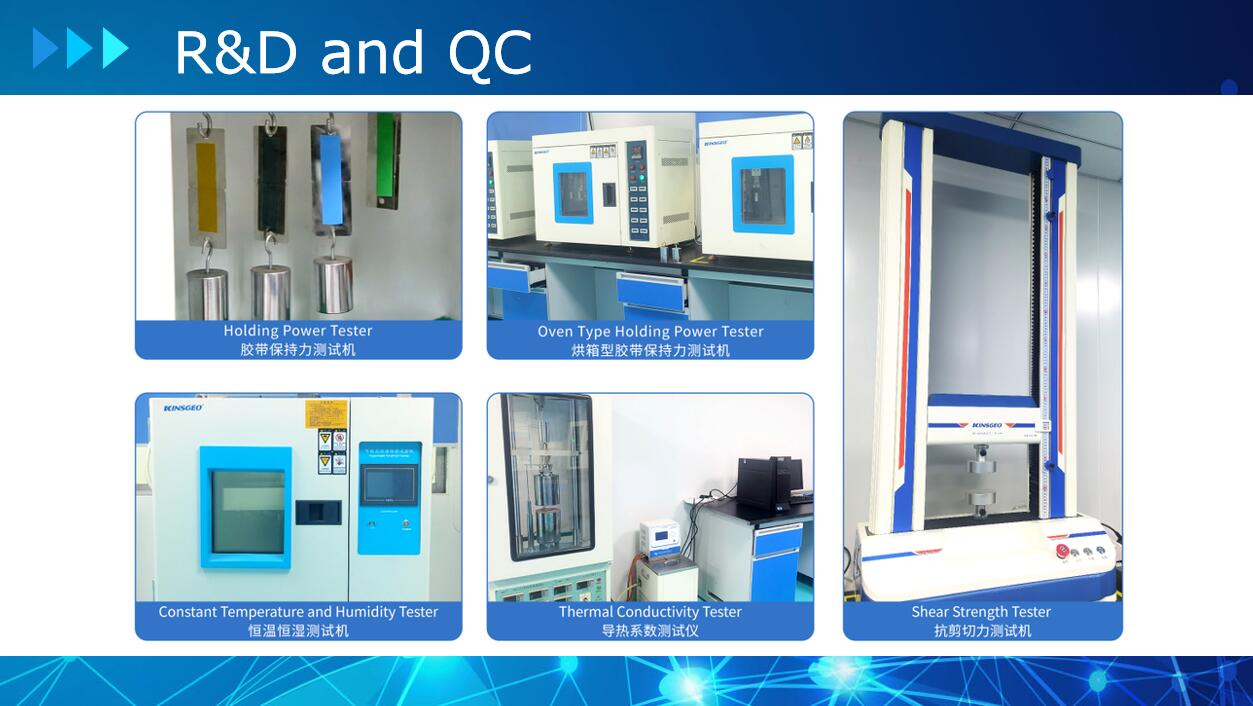In recent years, the thermal pad industry has seen significant growth in response to increasing demand for heat-dissipating solutions in electronic devices. Thermal pads, also known as thermal interface materials (TIMs), play a crucial role in preventing heat buildup and overheating, thereby extending the lifespan and improving the performance of electronic components.
Thermal pads are designed to fill the gaps and spaces between the hot component and heat spreader, minimizing the thermal resistance and improving heat flow. They are made from materials such as silicone, graphite, and ceramics, which have high thermal conductivity and can withstand extreme temperatures.
The automotive industry is one of the major applications of thermal pads, specifically in power modules and batteries. As electric and hybrid vehicles become more prevalent, the need for efficient thermal management solutions is paramount. Thermal pads help dissipate heat from the battery cells, preventing thermal runaway and improving safety.
Another significant application of thermal pads in consumer electronics. Smartphones, laptops, and gaming consoles are increasingly equipped with high-performance processors and graphics cards that generate substantial heat. Thermal pads help transfer heat from the chips to the heat sink, keeping the device cool and improving performance.
The aerospace industry also sees increasing use of thermal pads in spacecraft and satellites. These devices operate in extreme environments where temperature fluctuations are frequent, and reliable thermal management systems are critical. Thermal pads help regulate the temperature of sensitive electronics and improve the reliability of spacecraft.
In addition to conventional thermal pads, the industry is witnessing advancements in advanced TIMs such as thermal gels and phase-change materials (PCMs). These materials offer improved thermal conductivity and conformability than traditional thermal pads and can effectively dissipate heat in high-performance applications.
In conclusion, the thermal pad industry plays a vital role in improving the performance, reliability, and safety of electronic devices. With the increasing adoption of high-performance and miniature electronic components, the demand for thermal management solutions such as thermal pads is expected to rise. Ongoing advancements in materials science and design technologies promise to drive further growth and innovation in this critical industry.









